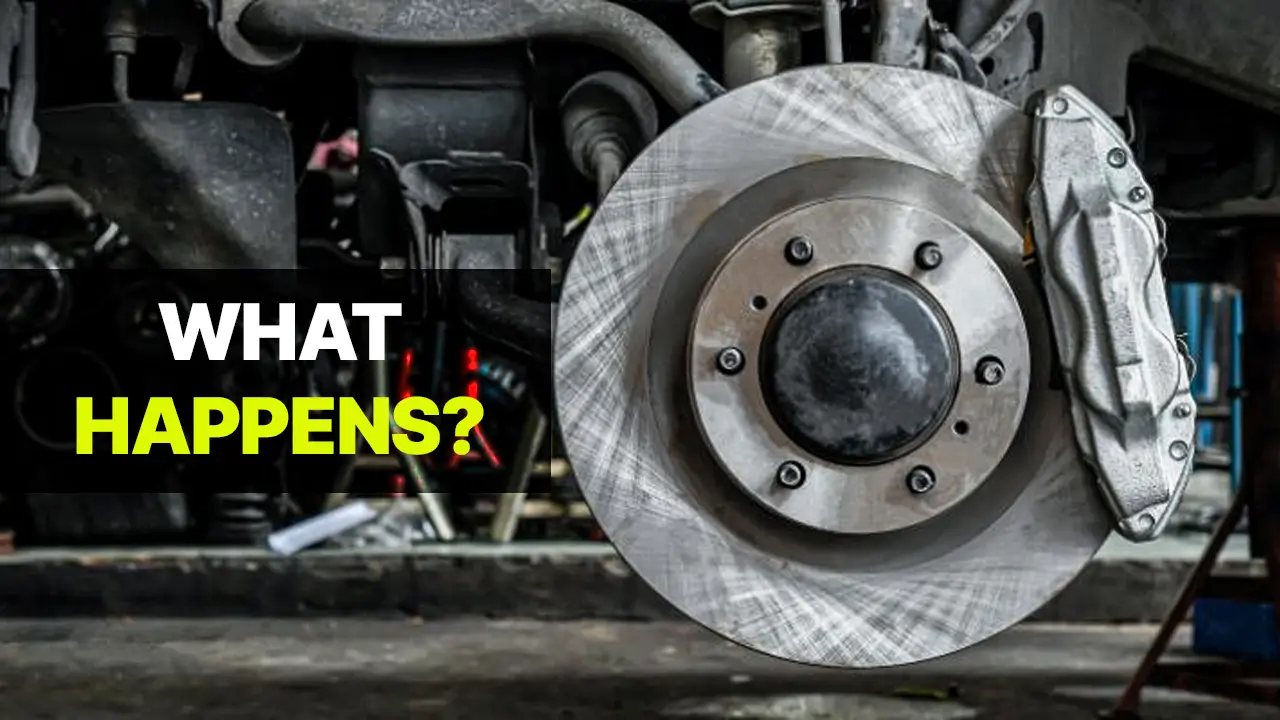Are all 4 brakes used when braking? Yes, All four brakes are frequently applied when braking in a modern car. The architecture, the braking system in use, and the state of the road can all impact how each brake is engaged, how much force is applied, and the specific purpose of each brake.
The Basics of a Vehicle’s Braking System
The hydraulic braking system in contemporary cars transfers pressure from the brake pedal to the brake mechanisms at each wheel via a fluid. Although some older cars may still have drum brakes, especially on the back wheels, cars have disc brakes on all four wheels. The brake pedal, master cylinder, brake lines, calipers, brake pads (for disc brakes), or brake shoes (for drum brakes) are the fundamental parts of a braking system.
The master cylinder is activated when the brake pedal is depressed, forcing brake fluid into the calipers and via the brake lines. The calipers then pressure the brake pads to create friction against the wheel-mounted spinning discs. The friction causes the wheels to rotate more slowly, which slows down or stops the vehicle.
Braking Distribution: Front vs. Rear Brakes
The front brakes often carry the load, even if all four brakes are engaged when the brake pedal is depressed. Weight transfer, in particular, is the result of the principles of physics. When an automobile slows down, its weight transfers forward, increasing the stress on the front wheels. The front brakes of most cars apply between 60 and 70 percent of the braking effort, with the rear brakes handling the remaining 30 to 40 percent.
This arrangement makes sense because the rear wheels could lock up or slide if braking forces on them, especially in situations involving heavy braking or slick surfaces. It allows for a safer and more effective deceleration by applying more braking force to the front wheels. It follows that the front brakes of most cars typically wear out before the rear brakes do.
Anti-lock Braking System (ABS) and its Role
Anti-lock brake systems (ABS) are found in modern cars and are essential to how the brakes work. With no ABS, the vehicle would skid and lose control when applying severe braking since the wheels wouldn’t lock up.
When ABS senses that a wheel is ready to lock up, it quickly applies the brakes on your behalf. The ABS can control the braking force on each of the four brakes individually because each wheel has an independent mechanism. The car stays steerable and has traction on slick roads or during emergency stops. While ABS ensures that all four brakes are engaged, it optimizes how they are applied to avoid losing control.
Electronic Brakeforce Distribution (EBD)
Many cars also have Electronic Brakeforce Distribution (EBD) to ABS. EBD works in conjunction with ABS to further refine the braking process. As was already established, weight transfer causes more braking force to the front wheels. However, depending on the load, speed, and road conditions, EBD can modify the force exerted on each wheel.
EBD, for example, may apply additional braking force to the rear brakes if the vehicle’s back is significantly loaded to maintain the car’s balance and offer efficient stopping power. To minimize skidding and boost braking efficiency, EBD can also increase the force on the dry pavement wheel and decrease it on the slick one if the other wheels are on dry pavement.
Brake Bias and Proportioning Valves
Brake bias describes how the front and rear wheels’ braking forces are balanced. As previously indicated, the cars feature a front-biased system, which applies greater force to the front brakes. To accommodate particular driving dynamics or circumstances, the brake bias in some performance cars, such as rear-wheel drive sports cars, is more balanced or, in rare instances, rear-biased.
Proportioning valves are widely used in automobiles to regulate brake bias. These valves limit the force given to the back brakes to prevent them from locking up. Essentially, a proportioning valve that the rear brakes apply the appropriate amount of force based on the conditions of the road.
Four-Wheel Drive and All-Wheel Drive Considerations
The braking characteristics of cars with four-wheel drive (4WD) or all-wheel drive (AWD) systems are frequently marginally different from those with two-wheel drive. In rough terrain that calls for equally distributed braking, these systems distribute power to all four wheels to maintain control and minimize skidding or slippage.
